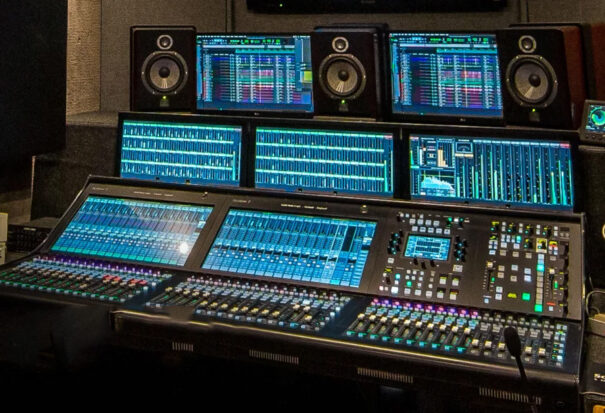System T (Solid State Logic) is updated to v3.1 with Tempest support, new AoIP features…
Solid State Logic’s broadcast platform, System T, reaches version 3.1 with support for the new Tempest engines.
The main new feature of this release is support for Solid State Logic’s new generation of TE1 and TE2 Tempest audio engines. These compact engines provide a flexible model for managing production capacity, allowing users to expand their processing needs with new software “processing” licenses. Benefiting from a “pay-as-you-go” model, users can increase their production capacity for user-defined project periods, such as large sporting or one-off entertainment events. The new Tempest engines will be available to customers from August 2021.
System T version 3.1 also includes enhancements for dynamic AoIP network management e additional access control inputs to improve the security of IoT and overall console functions. Focused on interoperability and third-party device integration, the latest version of Solid State Logic’s System T also provides control for Focusrite’s Dante-enabled RedNet MP8R Mic IO, allowing customers to use this IO box with controls from the console, as well as giving access to stored and recalled parameters with scenes and show files.
Send Stems function
Additional production-oriented features include the new Send Stems mode, which allows standard subgroup-type (on/off) taps to be switched to a bus with send level, useful for effects return signals or discrete feeds to outputs that require independent mixing. The Path Recall Safe feature has also been expanded to include individual path processing blocks, providing a way to recall a particular path section when triggering different scenes.
Tom Knowles, product manager for Solid State Logic Broadcast, sees this release as a perfect fit with industry demands: “As we continue to broaden our System T offering, it’s essential we provide an agile solution that allows customers to scale their production capacity based on their schedules. This release delivers this and more, and with future developments increasing our remote access capability, our work will eventually lead to more advanced scenarios where clients won’t need to rely on just on-premise processing and control.”
Ti è piaciuto questo articolo?
Iscriviti al nostro Nutrire e non ti perderai nulla.

















